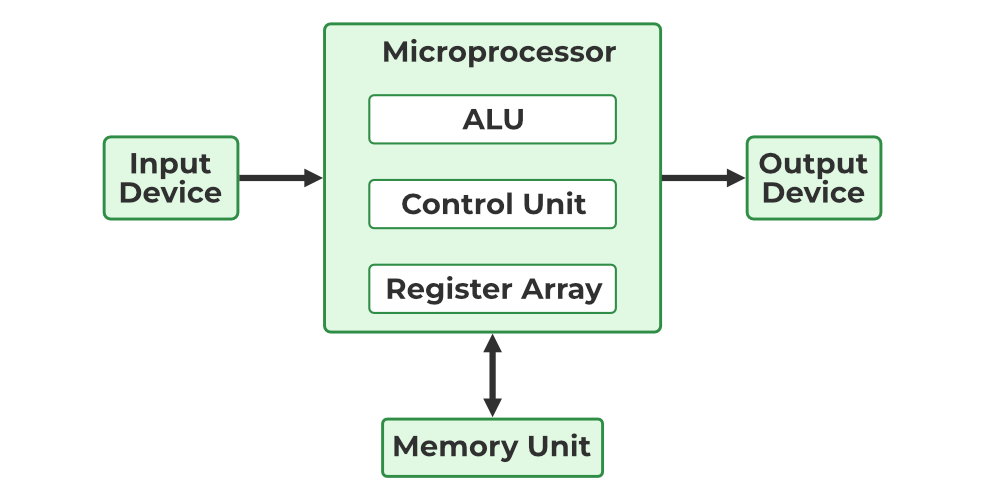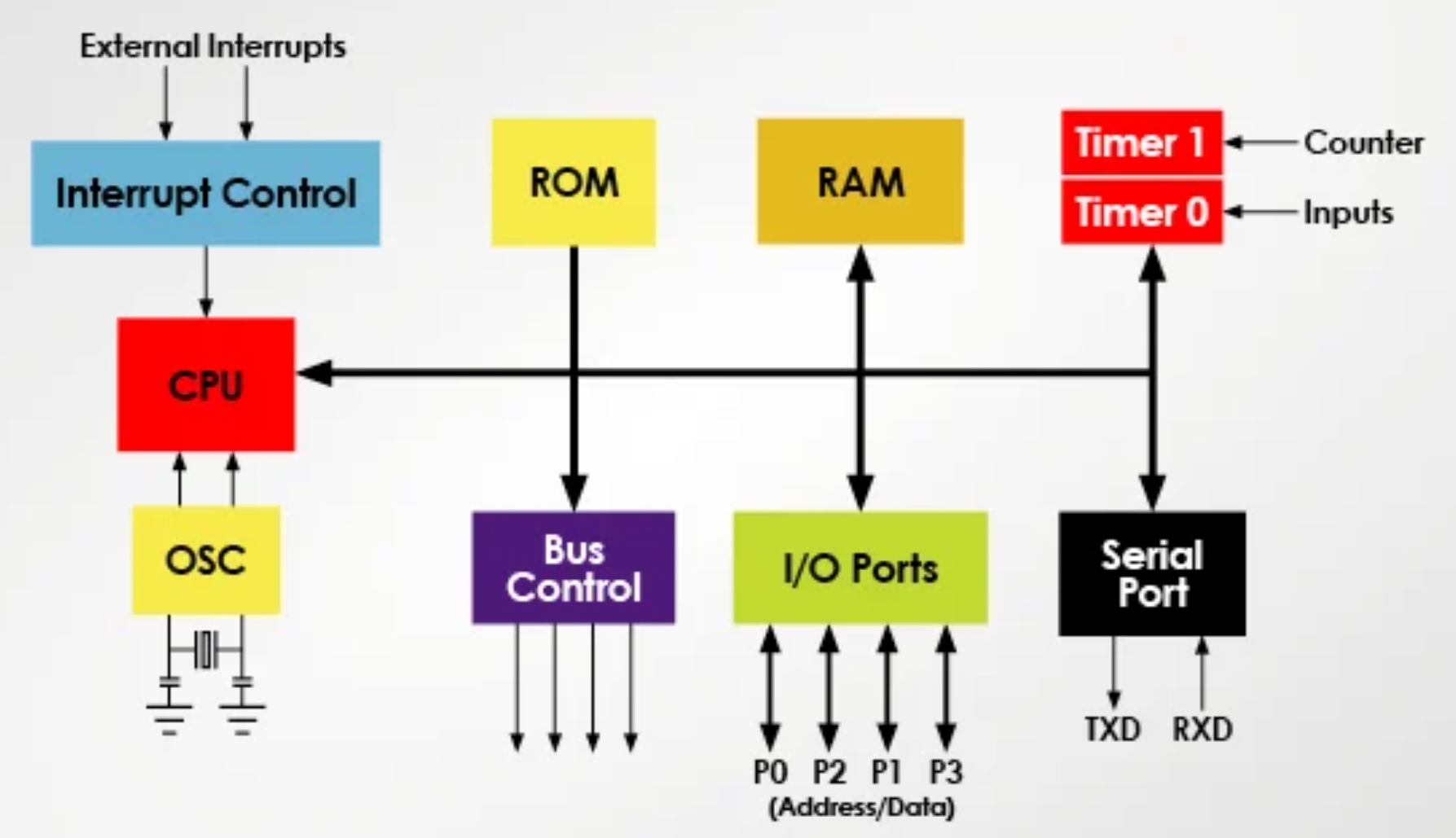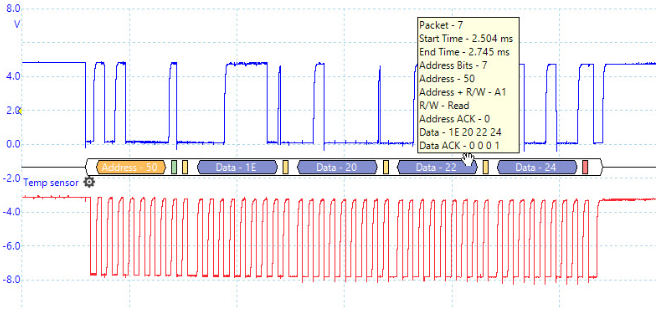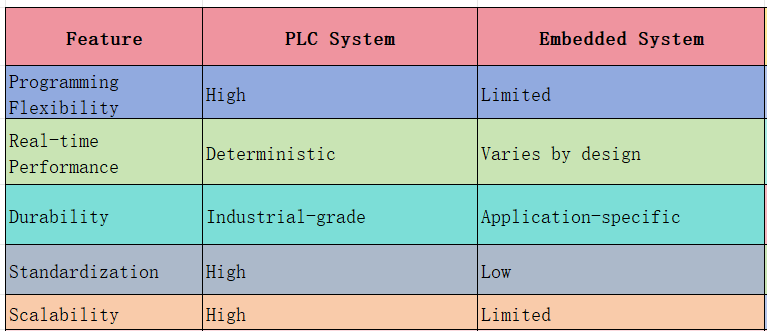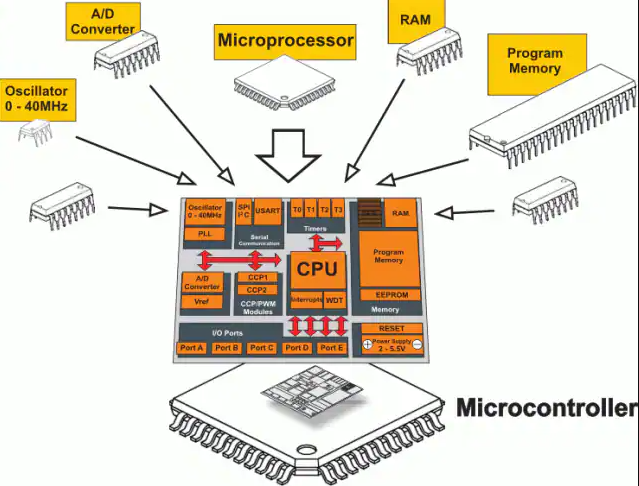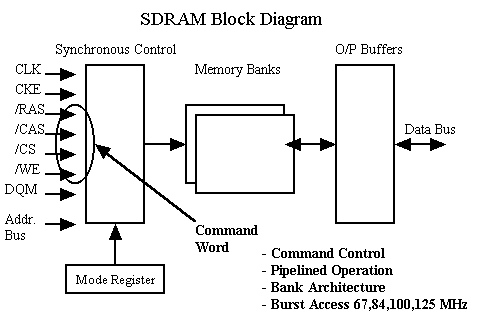Overview
An embedded microprocessor is the central processing unit integrated into an embedded system. Its architecture and applications have distinct characteristics. This article describes common embedded microprocessor architectures, their operating principles, and typical application areas.
Embedded Microprocessor Architectures
The architecture of an embedded microprocessor refers to its internal components and their interconnections. Common embedded microprocessor architectures include the Von Neumann architecture, the Harvard architecture, and superscalar architectures.
Von Neumann Architecture
The Von Neumann architecture is one of the earliest processor architectures. It typically comprises a CPU, main memory, input/output interfaces, and a system bus. The CPU includes an instruction register and a program counter and executes instructions stored in main memory.
In the Von Neumann architecture, instructions and data share the same memory space and are fetched and executed in sequence under control of the program counter. This architecture is simple and suitable for some basic embedded systems.
Harvard Architecture
The Harvard architecture separates instruction and data storage. It has distinct instruction memory and data memory, with separate storage units for instructions and data.
With separate storage, instruction fetch and data access can occur simultaneously, improving parallelism. Independent instruction and data memories can also use different memory technologies to optimize speed and capacity. For these reasons, the Harvard architecture is widely used in embedded systems that require higher performance.
Superscalar Architecture
Superscalar architectures enable the execution of multiple instructions concurrently. They include multiple functional units, multiple instruction dispatch units, and multiple instruction decoders.
By issuing several instructions in parallel, superscalar designs increase throughput and overall performance. Multiple functional units can execute different types of instructions simultaneously, further increasing parallelism. Superscalar architectures are common in embedded systems that demand high performance and efficiency.
Principles and Functional Blocks
The operating principles of an embedded microprocessor cover its internal operation and core functions. Key elements include clock control, instruction decode and execution, data transfer, and interrupt handling.
Clock Control
Clock control provides the timing reference for processor operation. The clock signal synchronizes internal components so that they operate in a specified time sequence.
Instruction Decode and Execution
Instruction decode and execution are the core processes by which a microprocessor performs operations. The instruction decoder translates instructions fetched from memory into opcodes and operands, and the processor executes the corresponding operations based on the opcodes.
Data Transfer
Data transfer refers to how the processor handles input and output of data. Embedded microprocessors use input/output interfaces to exchange data with external devices, enabling interaction with the surrounding system.
Interrupt Handling
Interrupt handling manages external interrupt signals. An interrupt controller receives and prioritizes interrupts, temporarily suspending the current task to execute the appropriate interrupt service routine according to the interrupt type.
Applications
Embedded microprocessors are used across many industries, including communications, automotive electronics, consumer electronics, and medical devices.
In communications, embedded processors are used in mobile devices and network equipment to support high-performance and efficient communication functions.
In automotive electronics, they are applied in infotainment systems and driver-assistance systems to provide advanced vehicle features.
In consumer electronics, embedded processors power smartphones, tablets, and smart TVs, delivering diverse functionality and user experiences.
In medical devices, embedded processors are used in patient monitoring and medical imaging equipment to provide accurate and reliable medical functions.
Understanding embedded microprocessor architectures and principles is important for designing and developing embedded systems. Their broad application across industries continues to drive technological development and new system capabilities.
 ALLPCB
ALLPCB


